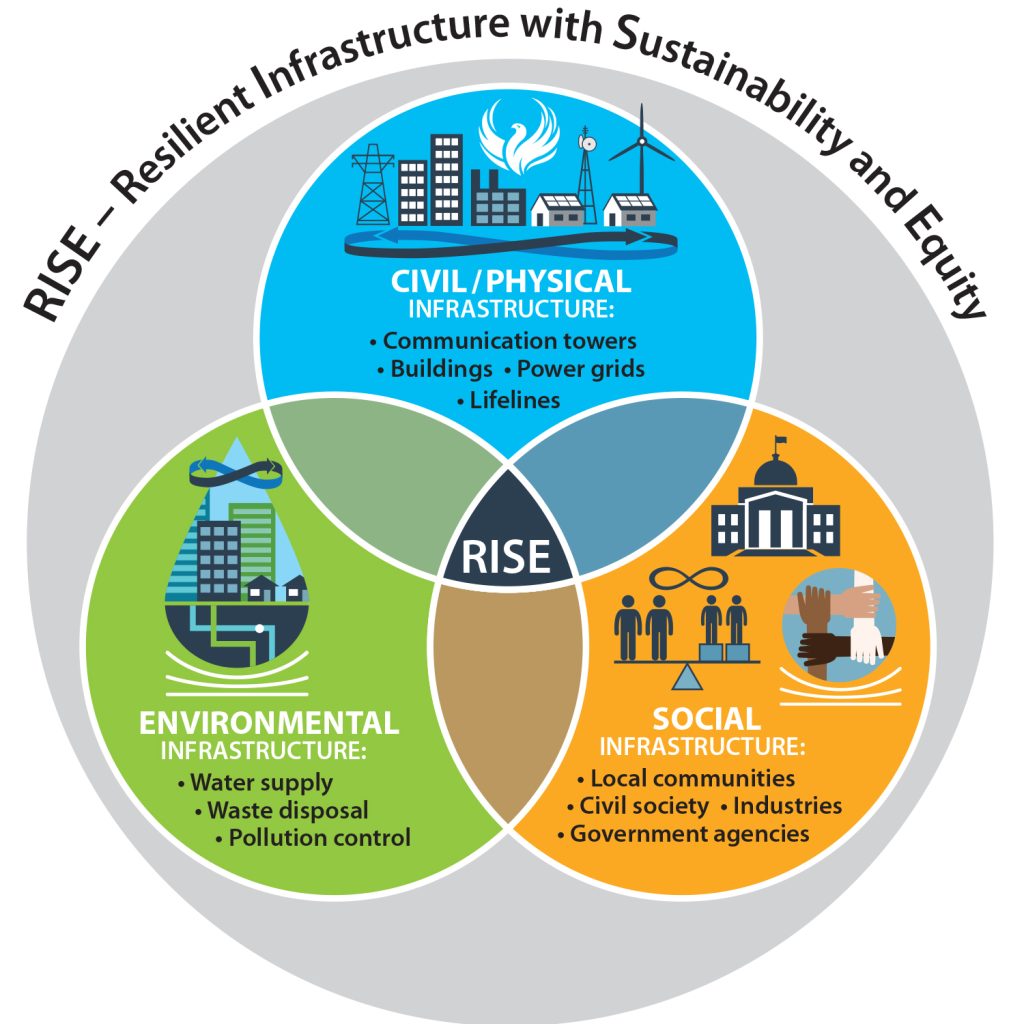Katie Dickinson and Rick Devoss
UPDATE FROM THE UNIFIED MARSHALL FIRE SURVEY WORKING GROUP
Abstract: This presentation provided a brief update on progress for the team of roughly 40 researchers who will soon be launching the first wave of a panel survey that will assess impacts of the fire on community members and recovery trajectories over time. Specifically, the survey will be sent to all community members in Louisville, Superior, and Boulder County with destroyed or damaged homes, as well as a random sample of residents at varying distances from the fire. Survey questions will assess evacuation decisions, impacts on property and animals (pets and livestock), air and water quality perceptions, perceived physical and mental health, rebuilding and relocation decisions, and support for recovery policy options. Input from interested parties on a survey draft is welcome and the link to a pretest survey will be shared soon, with a goal of launching the full survey in mid-April.
Janice Coen
SYNOPSIS OF WEATHER AND FIRE BEHAVIOR AT THE MACRO AND MICROSCALES: EARLY MODELING RESULTS FOR THE 2021 BOULDER COUNTY FIRES
Abstract: On December 30, 2021, during a downslope windstorm, at least two wildfires were reported in Boulder County, Colorado. The Middle Fork Fire ignited sometime after 10:00 a.m. north of the city of Boulder, near Middle Fork Road and Highway 36, and was quickly extinguished. The Marshall Fire was first reported around 11:00 a.m. the same day. It spread rapidly and ultimately burned more than 6,000 acres and destroyed numerous homes and businesses. This presentation discussed the weather preceding and during the December 30 fire events and focused on the fire environment factors influencing fire behavior at the scale of coupled atmosphere-wildland fire environment (CAWFE). Macro and microscale simulations include a ‘what if’ the earlier Middle Fork Fire had also escaped. The presentation concluded with brief consideration of factors influencing the risk of similar future events.
Timothy Juliano, Maria Frediani, Masih Eghdami, Amy DeCastro, and Branko Kosovic
NUMERICAL SIMULATIONS OF THE MARSHALL FIRE: METEOROLOGICAL IMPACTS AND FIRE EVOLUTION
Abstract: On the day of the Marshall Fire, downslope winds across the Front Range’s foothills were extreme, with some locations reporting speeds approaching 100 mph. These intense winds were an important factor contributing to the rapid spread of the Marshall Fire. In an effort to better understand the details of the atmospheric flow and the potential impacts on the fire spread, we conducted numerical simulations using the Weather Research and Forecast (WRF) model coupled to a fuel behavior model. Using a large-eddy simulation approach, the coupled fire-atmosphere model, called WRF-Fire, captures the strong, westerly winds and rapid fire spread. Moreover, the model depicts a highly turbulent environment related to a hydraulic jump just downstream of the fire. This presentation shared preliminary results from our model output, as well as surface observations and radar retrievals, to reveal the complex atmospheric flow during the Marshall Fire.




